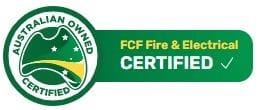The Grand Escape Plan
)
Are you ready for the grand escape? Will you be ready if and when a fire breaks out of your home? Continue reading to prepare yourself for the great espace plan.
STEP 1: Gather around.
It's important that every member of the household gets to familiarise the evacuation procedure. Gather your family and let's get this started.
STEP 1-1: You are in charge.
Remember, no man is an island; you are responsible for keeping each other safe. In planning and practicing fire safety measures, everyone is a safety officer. Every member of the family must be prepared for an emergency. Emergencies do not send in notifications before they come; be it, man-made or a natural phenomenon, they are unpredictable. Therefore, always come prepared.
STEP 1-2: Always be alert.
Are your smoke alarms working? Check them. You can grab a broom and push the test button. Is the sound recognizable? If it is, then well and good. If not, call your trusted fire protection services company and have it inspected immediately.
Furthermore, always be alert for potential fire risk and hazards such as faulty electrical wiring, flickering lights, electrical sparks, circuit breakers tripping and other potential sources of ignition.
STEP 2: Make a PLAN.
Have you thought about how you're going to escape? There's no other time, but now. The evacuation plan is one of the most important and basic things to prepare for an emergency. And remember to always have a plan B.
STEP 2-1: Know your exits.
Normally, a house has at least two exit doors; this is a good start. However, if this is not the case, the window can be used to escape the building.
Fires are unpredictable. They can start at any point in the house and spread quickly, and at some point or situation can block your escape. Therefore, consider all exit routes. Take note, your windows can be a backup escape. Try to open each one and always keep spare keys close by or any heavy object that can be used to smash the glass.
STEP 2-2: Remember your family.
Who in your family needs assistance in escaping your house? Do you have younger siblings that need to be attended to? Grandparents? Pets? Some family members may not be able to escape on their own; have someone in charge to assist them. Be sure that everyone is aware of their responsibilities so everyone can safely escape.
STEP 2-3: Decide on a muster point
When you have safely escaped the building, do you know where to meet the others? Choose a safe and accessible meeting place outside your house where everyone may gather. It should be far away from the fire, heat, and smoke, but near enough for everyone to reach. Once you've arrived at the muster point, immediately call the emergency response team or the local fire station.
STEP 3: PRACTICE YOUR PLAN.
Let's try to do an emergency drill. Practice your evacuation plan and try to efficiently escape the house as if an emergency has occurred.
STEP 3-1: Trial Run. You have 15 seconds to escape your house.
Jump into your bed or where you are usually in your home, like any other day. Sound the alarm. Find your way out using your normal exits. In the event of an emergency, remember that you don't have the luxury of time. Every second count, do not stop to take inconsequential things such as your wardrobe, expensive electronics, and vanity items. You can take your mobile phones with you, but only if it's accessible.
Take note: always feel the doors for heat before opening them and remember who else needs assistance in escaping.
STEP 3-2: Blind race.
You have 15 seconds to escape your house, but this time, you are blindfolded. This is a simulation where your vision is impaired by the dense smoke; the smoke in the atmosphere obscures the visibility of the egress route. This exercise will help you remember your way out even if you are not able to see.
Did you know that the smoke can kill you before the fire does? Smoke inhalation is actually the most common cause of death in fires. Smoke takes up the space of oxygen in the air and causes asphyxiation and can compromise your cognitive senses. To avoid inhaling too much smoke, crawl your way out to safety.
STEP 3-3: Detour.
Your usual exit has been blocked. Use an alternative exit. Remember, you only have a maximum of 15 seconds to do this. You'll never know what happens in an emergency that is why it's important to have multiple exit routes to be sure.
To avoid burn injury, always feel the door for heat.
You're now prepared to escape the biggest fire in the world.
Check out this handy checklist that you can stick on your fridge. This will help you and your families what to do.
FIRE ESCAPE CHECKLIST:
- Have your smoke alarms regularly tested.
- Have at least two egress routes for each room.
- Keep spare keys close to doors and windows.
- Decide on who is in charge to assist who in the event of a fire.
- Practice avoiding smoke and heat by crawling low.
- Choose a safe gathering/meeting/muster point.
- Discuss who is in charge of calling the emergency response team and local fire station
- Practice your escape plan regularly.
Visit www.qld.gov.au/fireescapeplan and try out the interactive Queensland's Great Escape!

)
)
)
)
)
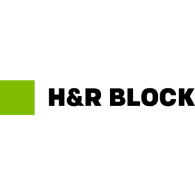)
)
)
)
)
)
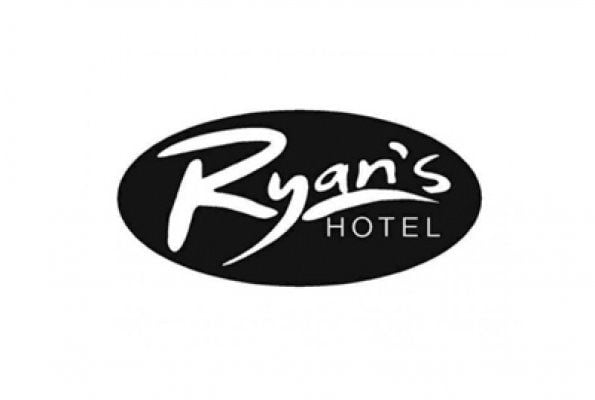)
)
)
)
)
)
)
)
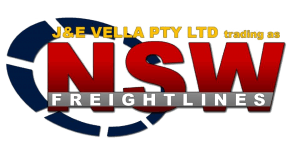)
)
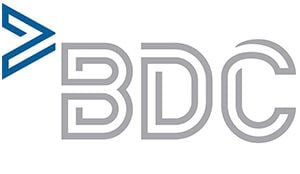)
)
)
)
)
)
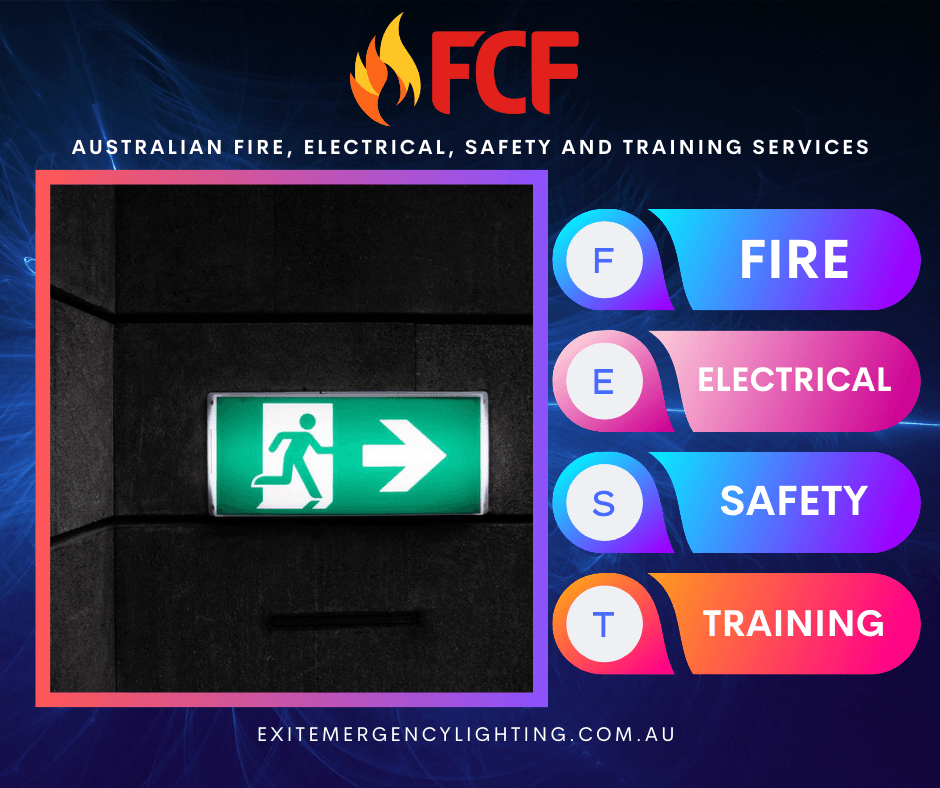)


